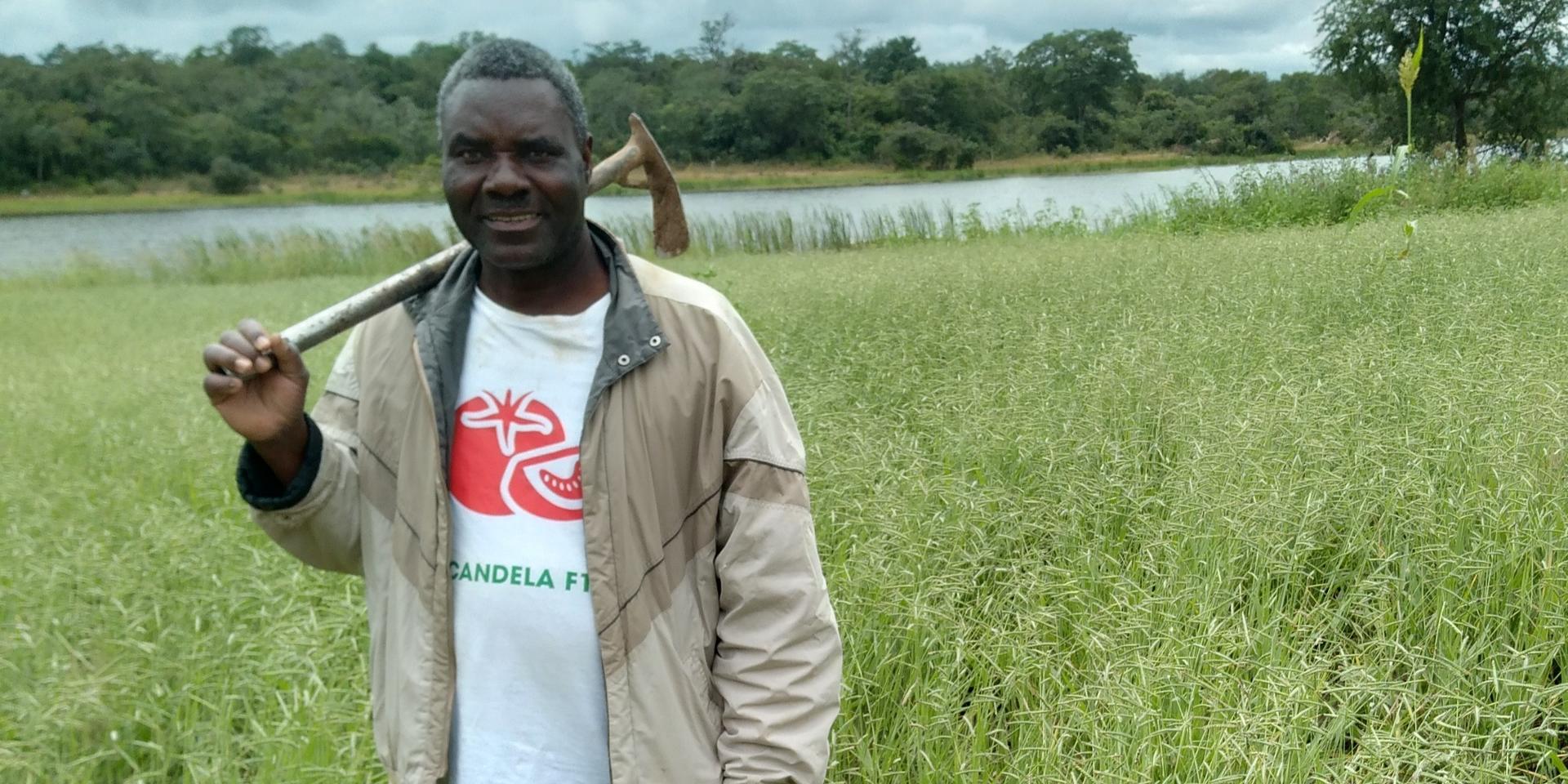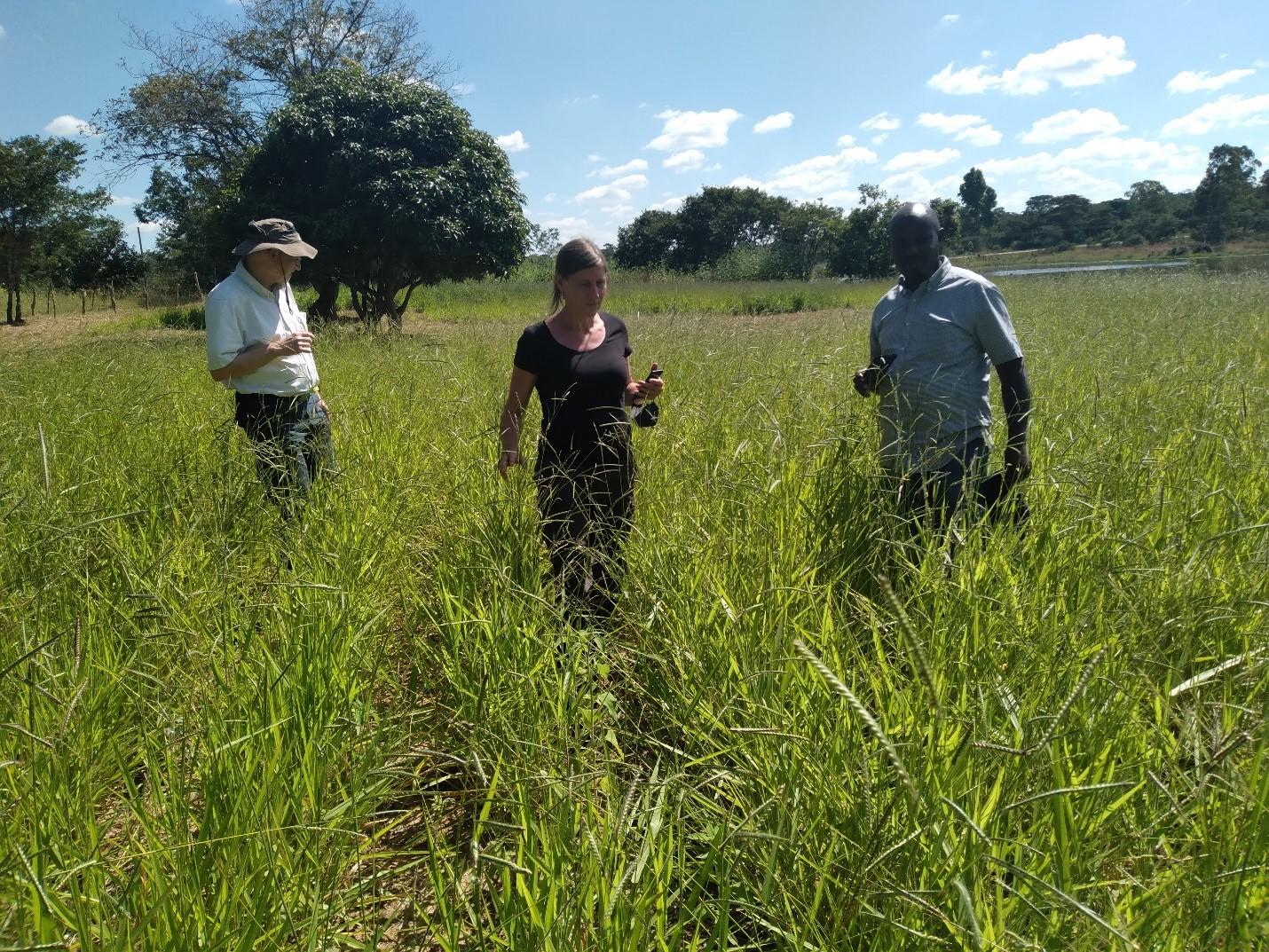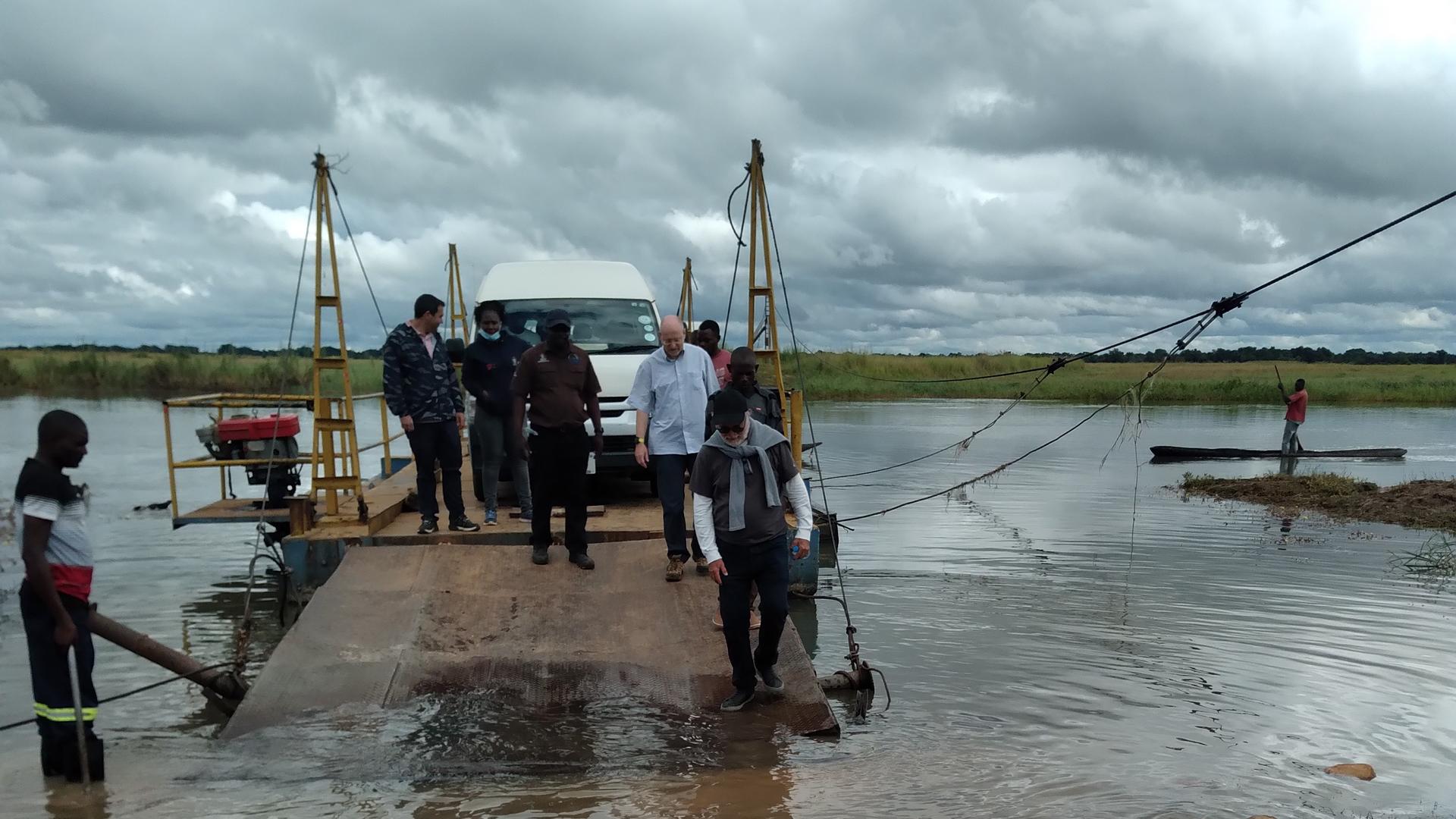From the Field Seeds for needs: unlocking Zambia's potential for forage seed production

In Zambia, the agricultural and livestock sector faces a major challenge. Smallholder farmers, largely dependent on rainfall, are affected by extreme climate events that increase drought, thus severely affecting all crops, creating scarcity, and rendering the quantity and quality of natural grasslands low. This decrease in production has gradually affected agriculture’s contribution to the gross domestic product (GDP), which was estimated to be 15% in 2004, but drastically declined to 2.7% in 2020.
However, the role of agriculture and livestock is critical according to a recent study that calculated the extent and economic significance of cultivated forage crops. The dairy industry in Zambia has a gross estimated value of US$141,616,000 and milk production was 389,126 tons in 2020 (FAOSTAT), making the dairy sector the main source of income and livelihood for thousands of smallholder Zambian farmers.
Looking for answers to these challenges, in the last week of April, a commission of public and private agricultural stakeholders visited demonstration farms in the districts of Kasama (Northern Province) and Choma (Southern Province) to learn more about the status of and demand for feed for livestock in the country. One of their main interests was to discuss solutions for decreasing the fluctuation in forage-based livestock production throughout the year. The commission was comprised of officials from the Zambian Government through the Ministry of Fisheries and Livestock and the Ministry of Green Economy, representatives of a private seed company called Tropical Seeds, and scientists from the Alliance of Bioversity International and CIAT.

Alliance team assessing a demonstration site in Choma, Zambia
During the field visits, the commission observed a tremendous demand for feed, especially during the long dry season, which ultimately causes a rapid decline in livestock production throughout the year. Farmers, especially where demonstrations are hosted, are quite aware of this situation and acknowledge the good performance of the improved forages compared with the natural grasses usually relied upon for livestock productivity. They observed that farmers also struggle to obtain seeds or seedlings. They noted that farmers were opting to prioritize seed production from their forage crop rather than forage production in order to diminish the feed deficit for their livestock. This situation affects production because, to have seeds, the farmers delay in making the forage available to the livestock at the right time and ultimately lose out on quality and numerous harvests during the growing period that could be made available to the animals.
However, for the Alliance’s experts, a promising scenario exists. The team observed that the Northern Province has excellent potential for seed production in terms of water and soil, and the day length is a critical advantage for producing grass seed.
The Southern Province, however, has the largest cattle population in the country. It is in this region that forage production sites and forage processing technologies (such as densification) for immediate use could be considered. This is something to draw upon by harnessing the experience and knowledge of several active institutions, such as the government ministries, international organizations such as the German Society for International Cooperation (GIZ) and International Fund for Agricultural Development (IFAD), and Tropical Seeds co., a seed supplier. The land connection to neighboring countries is also an advantage, allowing Zambia to be a hub for regional seed production for Angola, Kenya, Uganda, Mozambique, Tanzania, and Rwanda.

Team from Zambia's Ministry of Fisheries and Livestock, Alliance and Tropical Seeds co.
The scientists made several recommendations such as stressing the correct stage for farmers to use the forages when quality is optimal, that is, when flowering starts to set in, and applying manure to improve soil structure for better water-holding capacity and fertility, especially in the dry areas that are also characterized by having one rainfall season per year. This will allow capturing the full potential of improved forage grasses such as Urochloa (Brachiaria) spp., some bred lines developed by the Alliance and Tropical Seeds/Grupo Nandi, and Megathyrsus maximus (Panicum maximum). These grasses will allow substantial increases in productivity and carrying capacity and decrease greenhouse gas emissions per unit livestock. Another way to improve soil health and nitrogen availability is by sowing crescent sunn/sunn hemp (Crotalaria juncea) and intercropping grasses with legumes, as a supplementary feed and source of high-quality protein alternative, such as Stylosanthes guianensis and Stylosanthes scabra.
The Alliance’s scientists offered their knowledge and capacity on topics such as environmental assessments for adaptation and mitigation of climate change, improving soil health and water use, and guidance to improve the availability of forage seed for distribution by national partners. The team also emphasized that, with the right conditions in place, huge potential exists to scale up seed production not only to cover national demand but also to provide high-quality seeds to neighboring countries. To do so, progressive collaboration between the national government and relevant stakeholders is critical for providing the enabling conditions for seed production.

Above: Alliance and Tropical Seeds co. teams observing a field of Stylosanthes guianensis in Kasama, Zambia.
